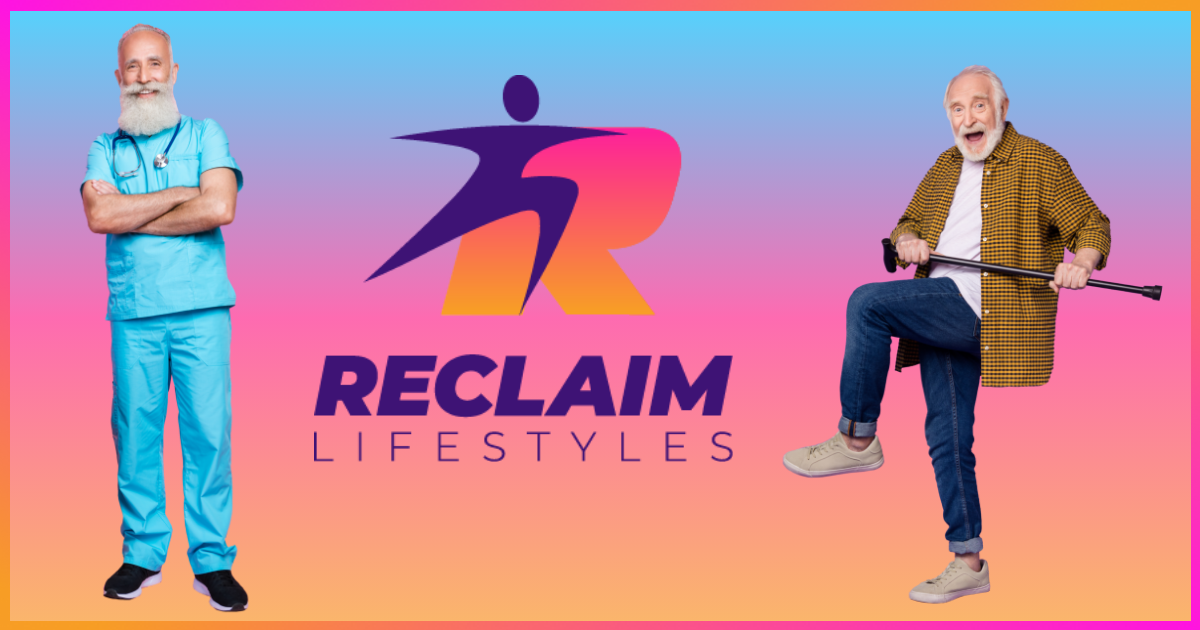So You Wanna Get a Hip Replacement: Set Yourself Up for Success with "Prehab"
If you've ever had a major surgery or injury, you probably know that physical therapy in the aftermath is not just recommended; it's a necessity for regaining functionality. But what many people who are facing a surgical procedure like a hip or knee replacement don't realize is that what you do before you go into the OR matters just as much as sticking to PT during recovery. We spoke with our exercise expert Ben Dreyer about how you can give yourself the best chance of a successful surgery and full recovery with "prehab."
"Prehab" is the work you do to prepare your body both to undergo the surgery itself, and to heal as optimally as possible. We've talked in past posts about how maintaining physical fitness is important for resiliency in the face of the challenges life throws us as we age. Being physically ready to take on surgery is one of those game times when your past behavior can come in clutch or make it harder to get off the bench.
No Sitting in the Waiting Room
Okay, you can obviously sit in the actual waiting room for your appointments, but in the metaphorical waiting room—the time in between booking surgery and the day you go into the OR—you want to be moving as much as possible. It's your chance to ready your body for what it's about to undergo.
Since surgeries like hip and knee replacements are usually booked months and months in advance, that gives you a great runway to ramp up the strength that will support your recovery. Six months would be ideal, but you definitely want at least three months to get in surgery shape. Surgery isn't like a test you can cram for, and it'll be a real shock to your system if you haven't done any "studying." Your body gets used to whatever stress you give it, so by increasing your tolerance to physical stress from exercise ahead of time, surgery and rehab will be much less of a shock.
Starting earlier also makes it easier to implement a new routine because you can really focus on just building from one small win to the next. The steps are a little shallower the farther out you begin, and they get steeper the closer you get to that surgery date. Setting and achieving super manageable goals will start building your reward system and give you the momentum you will need to keep it up over time.
The mental health benefits of exercising before a major surgery also can't be understated. Feeling stronger and having more energy will likely make you feel more optimistic about the surgery's potential to really make a lasting difference in your quality of life, which can in turn affect how your mind and body respond to and recover from the surgery.
Creating and maintaining a workout habit in the months before surgery is so important for both building strength and resiliency, and for helping you stick to your PT after surgery by giving you a familiar routine to return to rather than build a brand new habit while you're in the throes of initial surgical recovery. And when post-surgery physical therapy rehab can be easier said than done, you'll be grateful you're not starting from zero.
Do Your PT After Surgery? Pretty Pretty Please?
In Ben's experience as a trainer, he's seen how many people can struggle to commit to and complete their physical therapy programs for rehab after surgery. 90% don't do it. Logically, it doesn't make any sense. Someone has been in chronic pain, likely for a very long time, and they've been given a roadmap for how to get out of that pain, and yet they won't get in the car.
When it comes to things like exercise habits, though, our logical brains are not in control. It's our emotions running the show. And if you've had negative emotions attached to physical activity in the past, it can make it really difficult to re-associate exercise with positive feelings. If you start working on that before your surgery, it will be far likelier that you'll be more diligent with rehab and make a full recovery. We've said it before and we'll say it again: a rolling stone gathers no moss. It's easier to keep a boulder rolling than to push it into motion from a standstill.
What Prehab Looks Like
As we mentioned before, when someone is preparing for a surgery like a knee or hip replacement, they've probably been experiencing chronic pain in the offending joint for some time. That also usually means there are some compensatory movements going on. Maybe you've been favoring one leg for a while, so the muscles in the sore one need a little more attention to help even you out. Of course, the goal of prehab is not to put you into deeper pain, and if you take nothing else away from our content, let it be this: start from where you are.
When Ben Dreyer works with his clients on a prehab program to prep for surgery, he begins with assessing how they move through the Primal Pattern Movements—the motions that we should all be able to comfortably do in order to continue leading independent, active lives. By getting a sense of where compensatory muscles have been working overtime and which exercises may not be appropriate for someone's level of mobility or pain, he can then create a plan for putting the building blocks in place that will best support them through surgery and recovery.
Along with crafting a workout plan that takes someone's current physical abilities, pains, and preferences into account, Ben works hard to make sure that his clients leave their sessions feeling empowered, not daunted. "Oh, I can do that," is what you want to be saying, not, "I never want to do that again." By seeing what you're capable of, you'll be more excited to take on the next thing and see how far you'll go.
Where's My Cookie?
The rewards for exercise can be infuriatingly subtle and often take a long time to build into a noticeable difference. Periodically reflecting on how far you've come is a good way to recognize your accomplishments. What can you look out for to see if you've made an appreciable difference in your health? Here are some metrics to check in about every month or so to help yourself notice improvements:
- Sleep Quality:
- Are you falling asleep faster, staying asleep through more of the night, and waking up feeling more refreshed?
- Stress:
- Are you a little less likely to be upset by life's inconveniences, like traffic, long lines at the post office, or a partner's forgetfulness? Do things seem to roll off your back a little easier? Do you worry less? Do your shoulders and jaw feel a bit less tense?
- Pain:
- Can you walk farther before it hurts too much? Do you wake up with less pain? On the pain scale, are you averaging a lower number?
- Activity:
- Are you able to do more exercise than you could a month ago before you have to rest? Can you lift something you wouldn't have dared to try picking up before? Are you less exhausted by daily activities like grocery shopping or going to the mailbox?
- Consistency:
- Have you been sticking to a routine over time? How many weeks have you met your goal for workouts in a week? Do you feel ready to add another day into the mix?
More important than weights lifted, weight lost, or miles run, consistency is the best metric you could track. You can, however, also track progress on specific exercises if that's something that motivates you. But it's helpful to keep in mind that progress is not necessarily linear: you can break your record for lunges completed in perfect form one day and then struggle to do half that number days later. It doesn't mean you're not progressing, it just means you're human and lots of things can affect your performance from one day to the next.
So instead of worrying too much about your day-to-day exercise achievements, focus on whether you made it to your workout. Sustaining the habit is the goal to rule them all. Think of it like investing in your future health: each workout is a deposit in the bank for later. When it's time to withdraw, you'll be so thankful you spent the time and energy building up your reserves.
He Speaks from Experience
Not only does Ben Dreyer help clients with their own fitness journeys around and through challenges like surgery and injury, he knows the importance of prehab and rehab firsthand: after a career as a collegiate and professional track athlete, Ben underwent his own major surgery at 33 to reshape the top of his femur, which had been causing hip issues. Through the process, he learned the power of acceptance and starting with what you can do, and developed his belief system in the benefits of physical therapy that helped him stay consistent with his recovery and ongoing fitness.
Unfortunately, not all of us live close to Ben's Studio Melt in Madison, WI, but you can get the next best thing when you download the Restart! app, which was built to help you get active and stay active by meeting you exactly where you are, no prior fitness abilities required. The app is launching very soon... get on the list to be notified as soon as it's available for download here:



